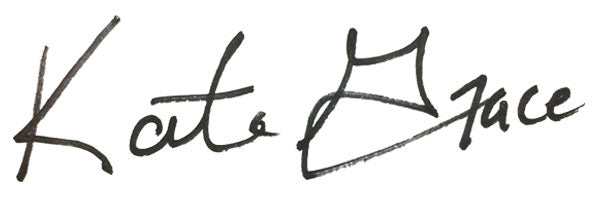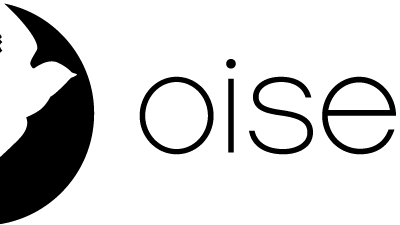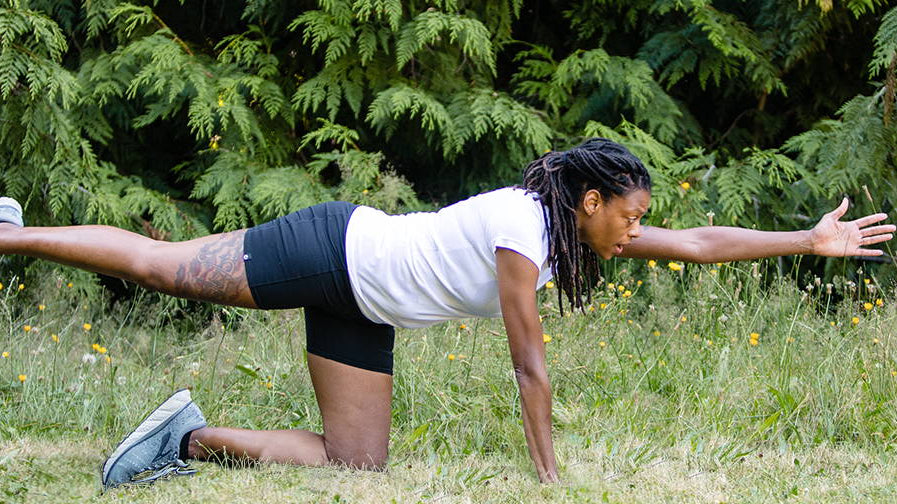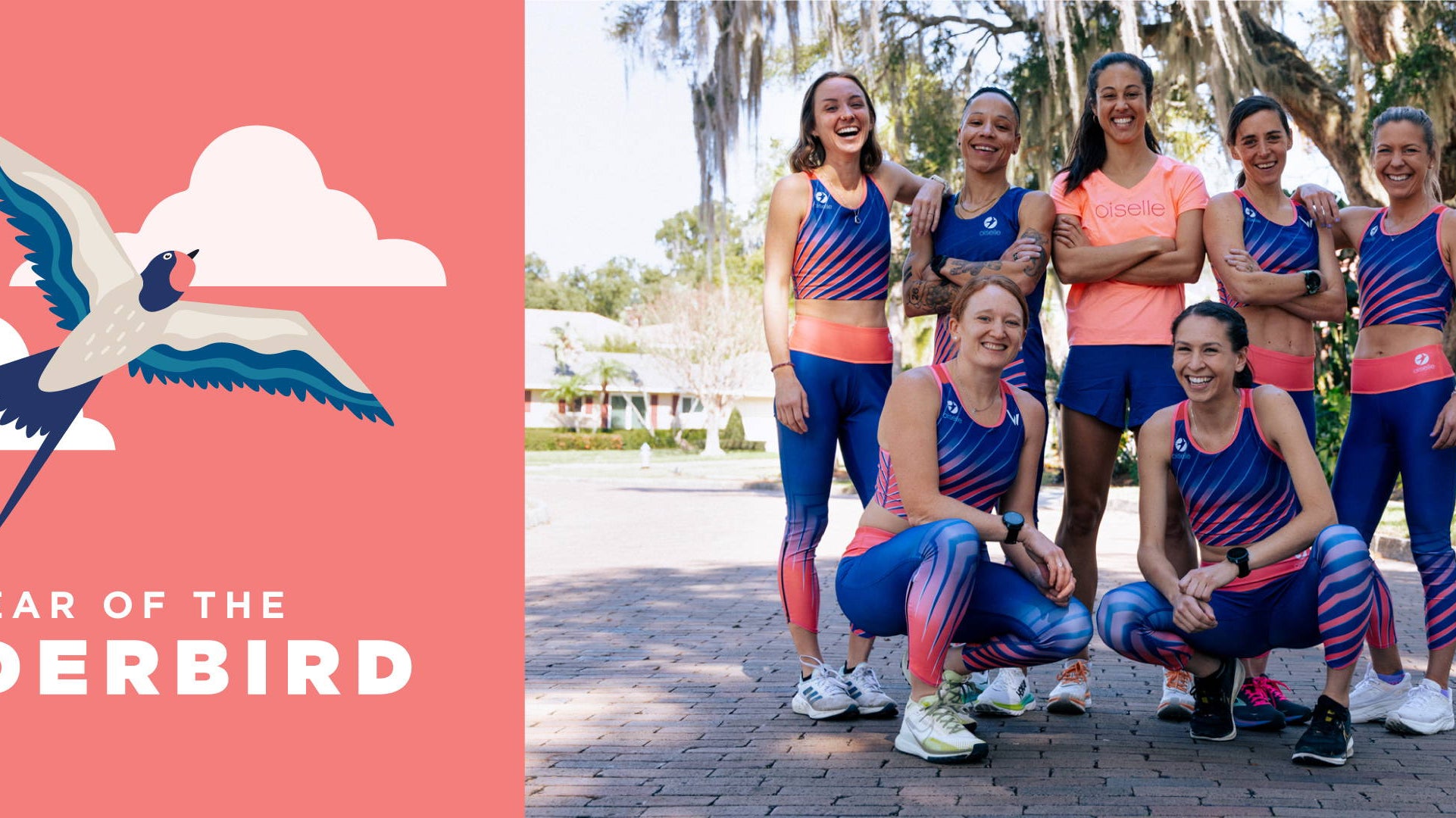When it comes to layering, we're all familiar with the functional approach. Fabrics and styles that keep you warm, dry, and comfortable in different conditions and climates. But the clothes we wear can give us something else - a feeling. At Oiselle, we design for emotion. Selecting fabrics, shaping silhouettes, and creating styles that help our community put on their powersuit and actively create a mindset. Why? Because in sport and in life, attitude is an advantage.
Few know this better than Oiselle athlete, Olympian, and layering queen Kate Grace. I interview her to get the scoop on how clothing becomes part of her competitive advantage.
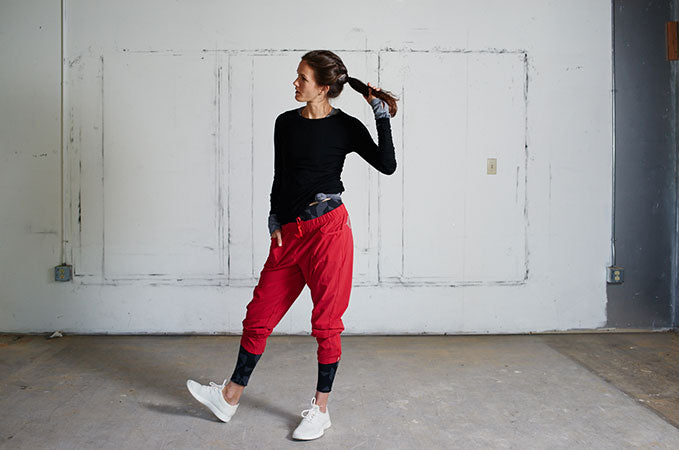
MEGAN: Fast K8, let's talk about the emotions of a run. How do you feel?
KATE: Running is such an emotional activity! Not only do we use it to deal with the emotions of outside stressors... work, family, etc. The experience of running is creating its own set of emotions within us... elation, doubt, pain, regret, commitment, determination, satisfaction.
M: How do you want to feel? How does what you wear play into that dynamic?
K: Clothes are one of the ways I signal my intent for a run. It's a way of dealing with my surroundings (those outside stressors): am I opening up? Creating a barrier?
Clothes also offer a signal for the emotions within the run itself. When I'm in the middle of a workout, my mind is pretty raw. I'm tired. Sometimes I'm just trying to make it through. I like the idea that I can be influenced by my outfit. If my motivation is faltering, clothing offers one more safeguard that I can control, to get me through. "This hurts? Well you look the part. You came ready to deal with this. You can finish."
Even if I'm not actively saying that to myself, in a way, my clothes are saying it to me. In that sense, choosing my clothes is choosing this conversation.

M: How does the adding or stripping of layers coach a mentality?
K: If running is ritual, then rituals add to running. And there is ritual in the progressive adding or removal of layers throughout a workout.
I remember in middle school science, learning about potential energy. We would raise a bouncy ball off the floor, and that would give it potential energy. Lift that ball over our heads, and it had more. Layering for a workout is similar. Each item you put on builds anticipation for the moment when you will take it off. Like the roller coaster clicking over the last few pegs before starting the descent. The higher the climb, the greater the momentum, the faster the flight.
Initial layers (sweatpants in the car), I take off before I even start the run. That's the signal that it's time to begin. Some of the bulkier stuff (tights, light jacket), I do after my warmup, maybe when changing shoes. But I love leaving the final layer for a mid-workout removal. I'll take off a shirt to go sports bra in the middle of an interval workout. I'll look forward to it, a treat halfway through. On a tempo or fartlek, I love throwing off gloves or arm warmers. There's some kind of secret satisfaction to physically throwing something while still running. It's a power move. I am strong! I am warm! I don't need no gloves! Bam. I throw them to the ground (insert Lonely Island song). *Note* this only really works if you are doing loops or will pass that spot on a cooldown, to collect items!
That being said, not all layering is about taking things off, or creating a grand performance. Comfort can be the end goal. Maybe that's a run where you really need a pick-me-up, a boost to get out the door, or a recovery from a workout earlier in the week.
And sometimes, there is relief in anonymity. I learned the power of this while traveling alone. Running can be a great escape, especially if you're in a foreign country, and having to always be "on," even just to understand what's being said. To be able to go out and go for a run, is to create a space for yourself. And, I would say especially as a woman, it's sometimes nice to not have that space be gendered. To not call attention to my legs, or boobs or whatever. And just move formless through the world. It's meditative. This type of run serves a similar purpose in a social-media filled landscape. Sometimes I crave a winter run where I'm just so puffed up with layers that it would never occur to take the cute running pic. An insulated space to unwind. Bonus if there's the silence of snow!

M: Do you have a power piece? layer? item?
K: For running, the power is all in the base. That's what we do day in and day out... move our bodies by moving our legs. I think that's why I get the most visceral power response when I put on my bottom layer. I'm going to do work in these threads! The piece depends on the season. Nothing beats short shorts (distance, mac roga, kg short) or race buns. Or a great pair of tights in winter.
On cold workout days, two secret ingredients are headband and arm warmers. I like the movement and breathability they allow. More area to feel the elements, while still keeping you warm enough. And really, I just love the ability to take them off when needed.
M: For those of us ready to create our own clothing conversation - anything we should try?
K: In a workout, I always leave something - "a move" - for the middle. A shirt, gloves, maybe a jacket - it symbolizes how a workout should increase in intensity as it builds, always saving a bit for the final miles. Taking these layers off, or that ungloving moment, gives me a mental boost, like I'm switching gears.
For a race, I wait until the last possible moment to take off a layer. Something about keeping your cards hidden. (Also, it's just the practical way to keep your body warm and primed for the effort). But really, just thinking about what clothes make you feel powerful is a great start. Everyone's going to have their own clothing conversation, and advantage. Start experimenting and discover your own!

Head Up, Wings Out!
